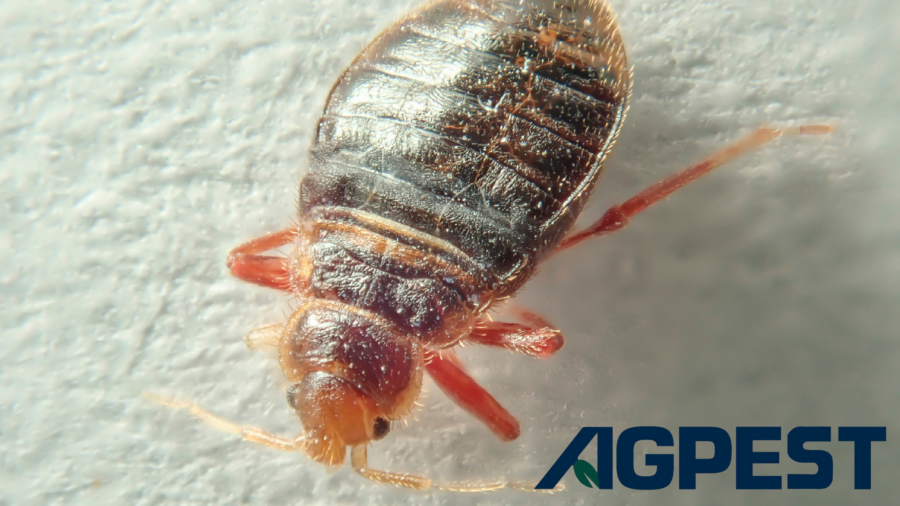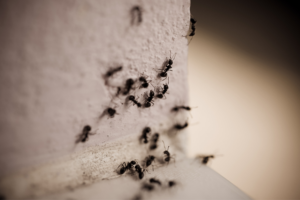Bed bugs are a persistent problem that can cause significant discomfort and stress. Identifying a bed bug infestation early and taking swift action is crucial to effectively eliminate these pests. If you’re in San Diego and suspect a bed bug problem, here’s a comprehensive guide on how to prepare for bed bug removal services. We’ll cover how to identify signs of an infestation, treatment methods available, and the essential steps homeowners should take before the professionals arrive.
Identifying Signs of a Bed Bug Infestation
1. Bed Bug Bites: One of the first signs many people notice is small, itchy bites on their skin, often appearing in clusters or a line. Bed bug bites can be easily mistaken for mosquito bites or other skin conditions, so it’s essential to look for additional evidence.
2. Infested Items: Check your mattress, bed frame, and nearby furniture for physical signs of bed bugs. Look for small, reddish-brown insects, translucent eggs, or molted skins. Bed bugs are about the size of an apple seed, making them visible to the naked eye.
3. Fecal Spots: Bed bugs leave behind tiny, dark fecal spots, which can be found on bedding, mattresses, and walls near their hiding spots.
4. Musty Odor: A large infestation may produce a musty, sweet smell, often compared to the scent of coriander. This odor results from the bed bugs’ scent glands.
5. Hiding Spots: Bed bugs are experts at hiding. Common hiding spots include mattress seams, box springs, headboards, cracks in walls, baseboards, and behind picture frames. Thoroughly inspect these areas if you suspect an infestation.
Treatment Methods for Bed Bug Removal
Once a bed bug infestation is confirmed, professional pest control companies offer several treatment methods to eradicate these pests:
1. Heat Treatment: This is one of the most effective methods for bed bug removal. The process involves raising the temperature of the affected area to a level that is lethal to bed bugs, typically around 120°F to 140°F. Heat treatment penetrates furniture, mattresses, and other infested items, killing bed bugs at all life stages, including eggs.
2. Chemical Treatments: Insecticides specifically designed for bed bugs can be used to treat infested areas. This method may involve spraying insecticides on baseboards, furniture, and other hiding spots. Professional pest control companies use EPA-approved products that are safe for humans and pets when applied correctly.
3. Steam Treatment: High-temperature steam can be an effective, non-chemical option for treating bed bugs in areas where heat treatment may not be suitable. Steam treatment is particularly useful for treating mattresses, furniture, and other sensitive items.
4. Cryonite Treatment: This method uses carbon dioxide (CO2) snow to freeze bed bugs instantly. It’s a chemical-free option that’s safe for electronics and other delicate items.
Preparing Your Home for Bed Bug Removal
To ensure the success of the treatment and prevent the spread of bed bugs, homeowners should follow these preparation steps:
1. Declutter and Clean: Remove unnecessary items from the infested area, such as clothing, toys, and electronics. This makes it easier for the pest control technicians to access all hiding spots. However, be cautious not to move infested items to uninfested areas, as this can spread the infestation.
2. Launder and Bag Items: Wash and dry all bedding, clothing, and linens on high heat settings. Heat is effective in killing bed bugs and their eggs. Once cleaned, place these items in sealed plastic bags to prevent re-infestation.
3. Vacuum Thoroughly: Vacuum carpets, floors, and upholstered furniture to remove bed bugs and their eggs. Pay special attention to seams, crevices, and other potential hiding spots. After vacuuming, immediately dispose of the vacuum bag in a sealed plastic bag outside your home.
4. Encase Mattresses and Box Springs: After treatment, consider encasing mattresses and box springs with bed bug-proof covers. These covers prevent bed bugs from entering or escaping, making it easier to detect and manage any remaining pests.
5. Prepare for Temporary Relocation: Depending on the treatment method, you may need to temporarily leave your home. Heat and chemical treatments can be hazardous during application, so follow your pest control company’s instructions regarding when it’s safe to return.
Don’t let bed bugs take over your home. If you’re experiencing a bed bug infestation in San Diego, contact a professional pest control company for expert assistance. Our team specializes in bed bug removal and offers a range of treatment options to suit your needs. By following these guidelines and working with a trusted pest control company, you can effectively eliminate bed bugs and regain peace of mind in your home. Remember, early detection and professional treatment are key to successfully getting rid of bed bugs.



